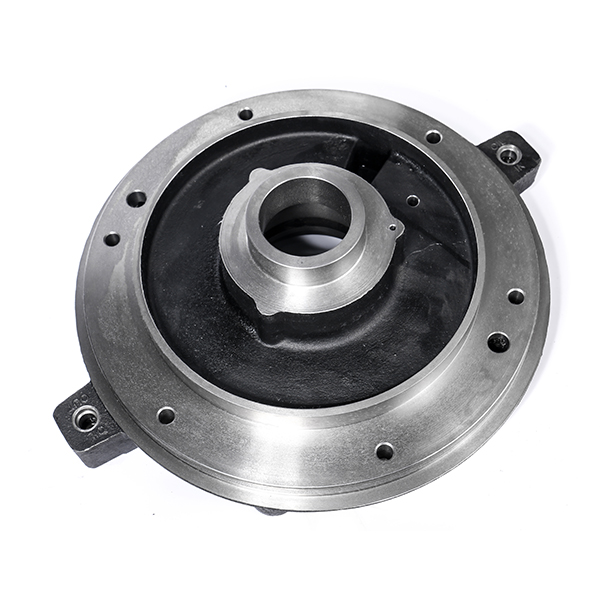Mobile:+86-311-808-126-83
Email:info@ydcastings.com
Innovations in Valve Casting Techniques for Enhanced Performance and Durability
The Importance and Applications of Valve Castings in Modern Industries
Valve castings play a pivotal role in various industries, serving as essential components for controlling the flow of fluids and gases. Made from a variety of materials, including iron, steel, and bronze, valve castings are designed to withstand high pressures and temperatures while ensuring reliability and durability. This article explores the significance, manufacturing process, and applications of valve castings, highlighting their contribution to modern engineering.
What are Valve Castings?
Valve castings refer to the process of creating valve components from molten metal poured into molds. Once cooled and solidified, these castings acquire the desired shape and mechanical properties essential for valve operation. The types of valves that utilize castings include gate valves, globe valves, check valves, and ball valves, among others. Each of these valves is designed for specific applications, requiring precise manufacturing techniques to ensure optimal performance.
Manufacturing Process
The manufacturing process of valve castings typically involves several stages. First, a pattern is created based on the desired design of the valve. Patterns can be made from materials like wood, plastic, or metal. Once the pattern is ready, a mold is constructed, often using sand or metal. The molten metal is then poured into the mold, allowing it to take shape as it cools.
After solidification, the castings undergo several finishing processes. These may include machining, grinding, and polishing to achieve the required dimensional accuracy and surface finish. Quality control is critical in this process to ensure that the castings meet industry standards and specifications. Non-destructive testing methods, such as ultrasonic testing or x-ray inspection, may also be employed to identify any internal defects.
Significance in Industries
Valve castings are integral to many sectors, including oil and gas, water treatment, power generation, and manufacturing. In the oil and gas industry, valve castings are critical for controlling the flow of crude oil and natural gas, ensuring safety and efficiency in extraction and transportation processes. In water treatment facilities, these castings help regulate the flow of water, contributing to effective filtration and purification processes.
valve castings

Moreover, in power plants, valve castings control steam and water flow, which are essential for energy generation. The reliability of these components directly impacts the efficiency and safety of operations, underscoring the importance of high-quality valve castings.
Material Considerations
The choice of material for valve castings is crucial. Cast iron, with its excellent wear resistance and good machinability, is a common choice for many valve applications. Steel castings offer superior strength and durability, making them suitable for high-pressure environments. For specialized applications, such as those involving corrosive fluids, bronze or stainless steel castings may be used due to their excellent corrosion resistance.
Innovations and Future Trends
As industries evolve, so do the demands for valve castings. Innovations in manufacturing processes, such as additive manufacturing (3D printing), are beginning to play a significant role in producing complex valve geometries that were previously difficult to achieve using traditional methods. These advancements not only improve performance but also reduce material waste, contributing to more sustainable manufacturing practices.
Furthermore, the integration of smart technologies and digital solutions into valve systems is changing how industries operate. Smart valves equipped with sensors and control systems can provide real-time data on flow rates and pressure levels, allowing for enhanced monitoring and maintenance. This trend is expected to continue, driving further advancements in valve casting technology and its applications.
Conclusion
Valve castings are vital components in a wide range of industries, ensuring the efficient and safe flow of fluids and gases. The intricate manufacturing processes and material considerations underscore the complexity of creating these essential parts. As industries continue to innovate, the future of valve castings looks promising, with advancements aimed at improving quality, efficiency, and sustainability. Understanding the significance of these castings can help industries optimize their operations and maintain high standards of safety and performance.
-
Why Should You Invest in Superior Pump Castings for Your Equipment?NewsJun.09,2025
-
Unlock Performance Potential with Stainless Impellers and Aluminum End CapsNewsJun.09,2025
-
Revolutionize Your Machinery with Superior Cast Iron and Aluminum ComponentsNewsJun.09,2025
-
Revolutionize Fluid Dynamics with Premium Pump ComponentsNewsJun.09,2025
-
Optimizing Industrial Systems with Essential Valve ComponentsNewsJun.09,2025
-
Elevate Grid Efficiency with High-Precision Power CastingsNewsJun.09,2025











